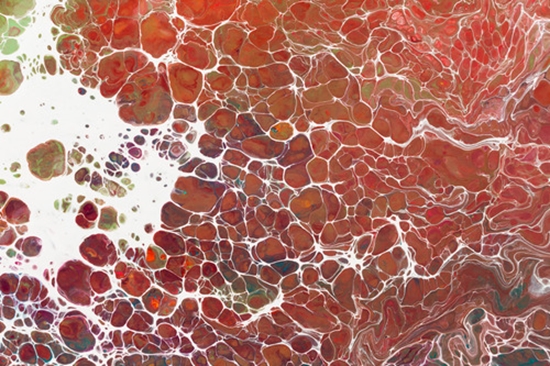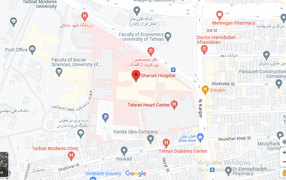Direct pulp capping with autologous bone marrow derived stem cells in dogs

Abstract
Bone-marrow derived stem cells (BMSCs) can differentiate into several mesenchymal cell lines that are suitable for bone and dental tissue engineering. This study was aimed to assess the efficacy of cell therapy in direct pulp capping (DPC) of canine teeth using autologous BMSCs along with collagen/hydroxyapatite hybrid scaffold in terms of the quantity and quality of calcified bridge formation. The teeth were randomly divided into three groups of DPC with mineral trioxide aggregate (MTA), hydroxyapatite/collagen hybrid scaffold alone and BMSCs with hydroxyapatite/collagen hybrid scaffold. DPC was performed under general anesthesia in cavities prepared on the buccal surfaces of mandibular and maxillary premolars of the same dogs from which, stem cells had been isolated. All cavities were then restored with light-cure resin modified glass ionomer cement. Histomorphometric assessments after 12 weeks showed formation of dentinal bridge following DPC with BMSCs and MTA. The efficacy of MTA for calcified bridge formation following DPC was significantly higher than that of BMSCs plus hybrid scaffold. According to the present study, we concluded DPC using BMSCs and hybrid scaffold did not provide clinically noticeable results in canine patients. Key Words: Bone marrow derived stem cells, Direct pulp capping, Pulp/dentin regeneration, Vital pulp therapy



